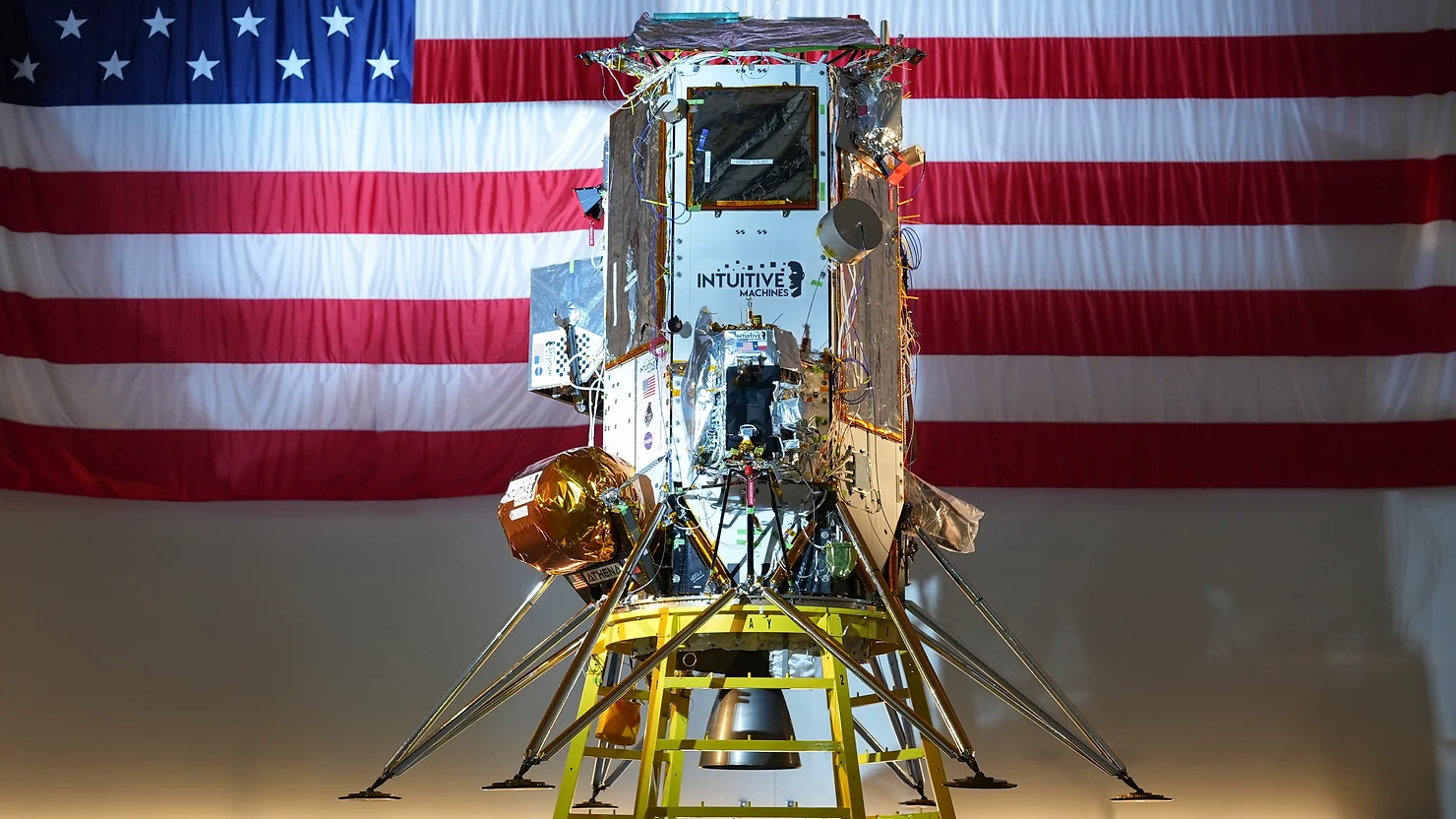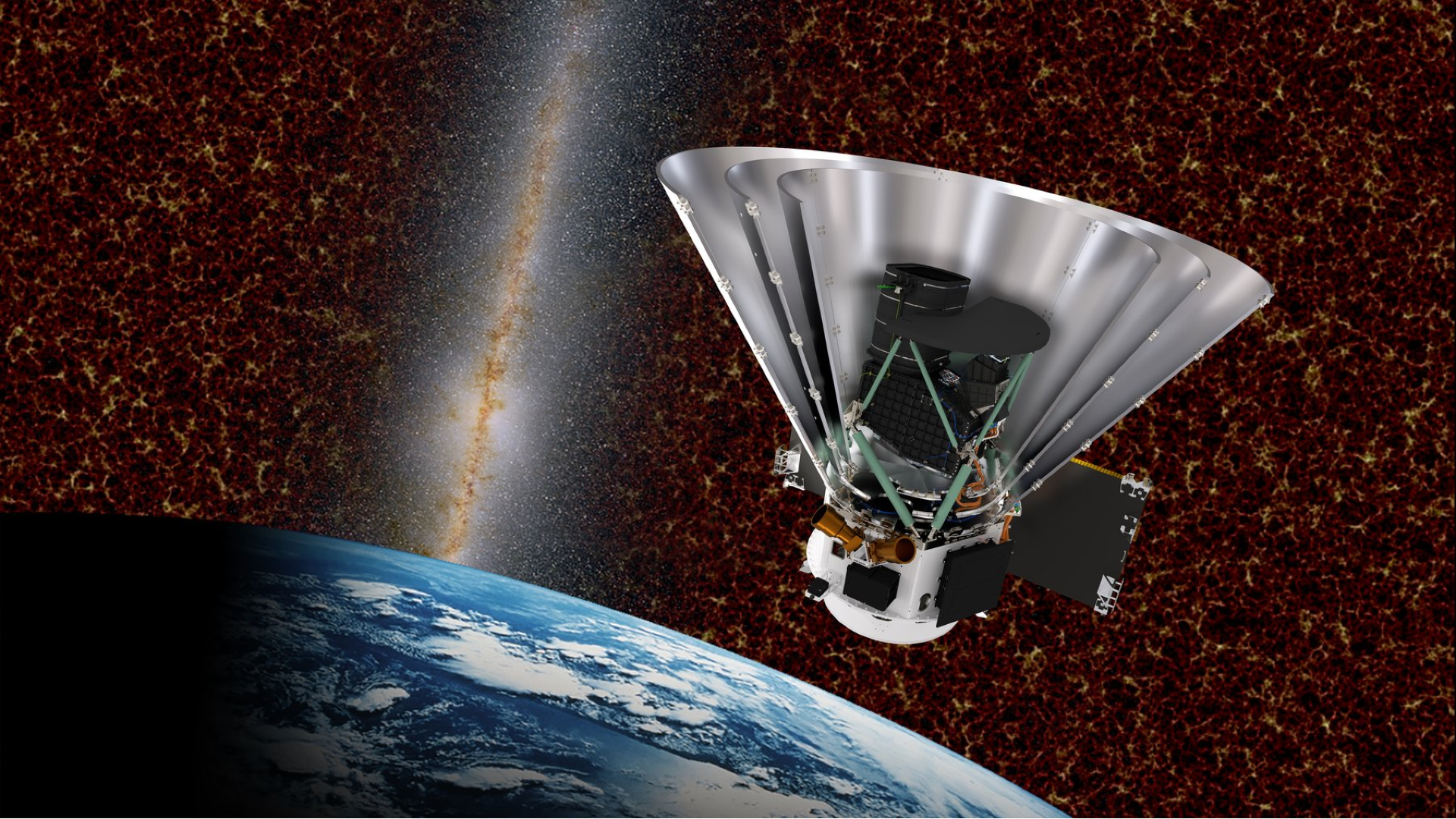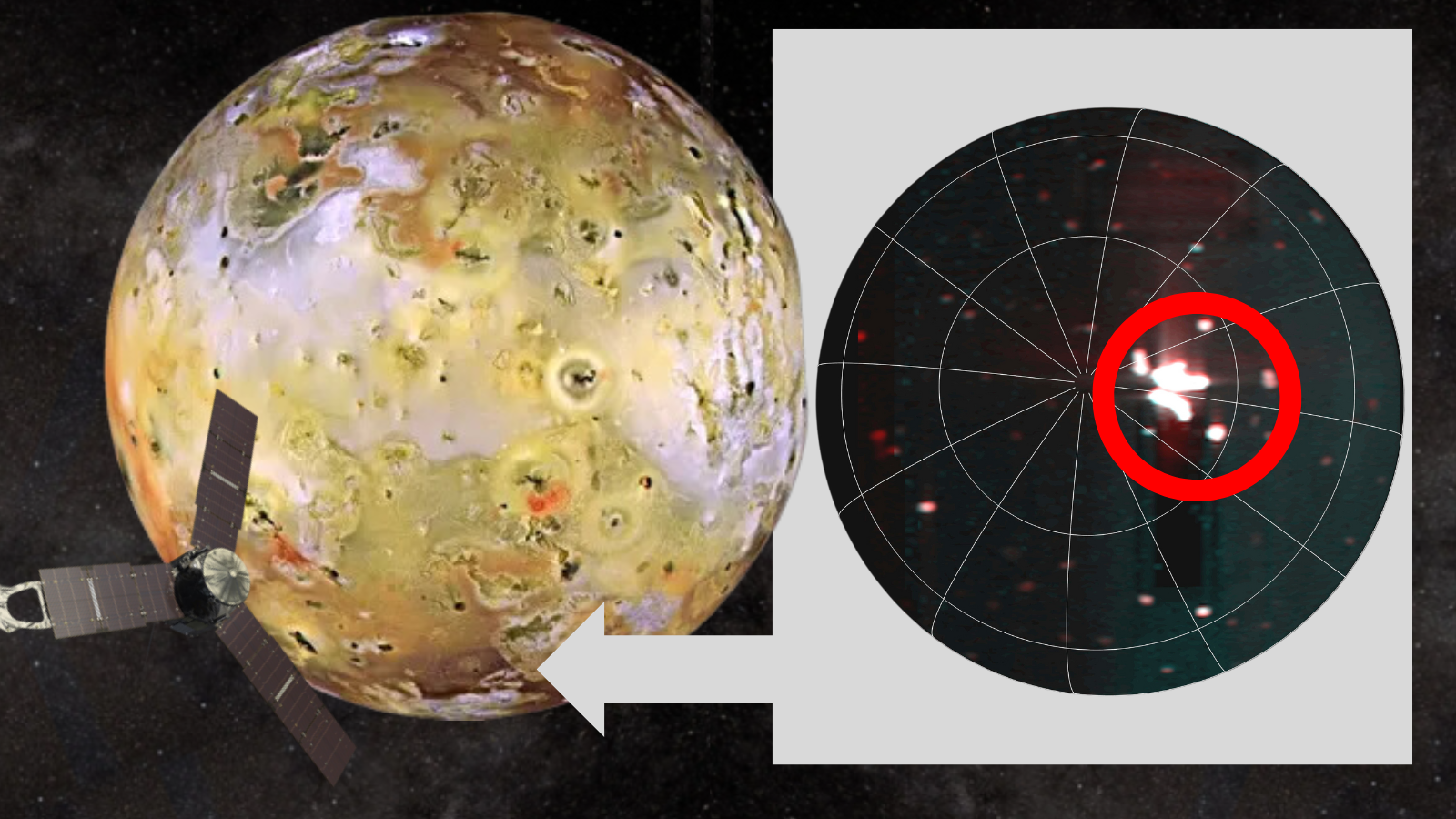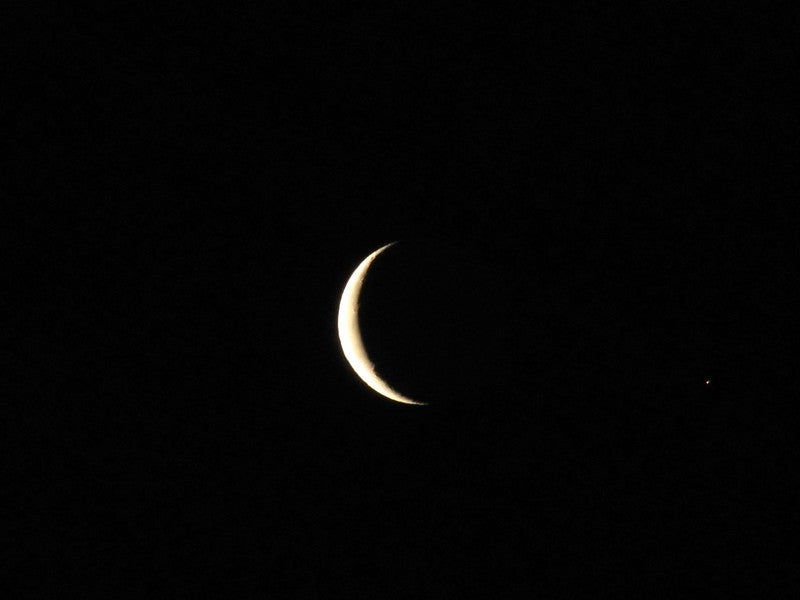Star Formation Might Depend on Galactic Magnetic Fields
A galactic merger is a chaotic event. When two massive structures like galaxies merge, their powerful gravitational forces wrench stars out of their usual orbits in a process called violent relaxation. In essence, the merging galaxies are evolving rapidly, and small perturbations can be amplified as the system moves toward a more stationary state. Intuition … Continue reading "Star Formation Might Depend on Galactic Magnetic Fields" The post Star Formation Might Depend on Galactic Magnetic Fields appeared first on Universe Today.

A galactic merger is a chaotic event. When two massive structures like galaxies merge, their powerful gravitational forces wrench stars out of their usual orbits in a process called violent relaxation. In essence, the merging galaxies are evolving rapidly, and small perturbations can be amplified as the system moves toward a more stationary state.
Intuition suggests that this chaos should disrupt the galaxy, including its star formation, but new observations of the Arp 220 galaxy merger show that something else happens: the merger creates a massive magnetic field that traps gas and encourages more stars to form.
Arp 220 is one of the closest galaxy mergers to us. It’s also extremely bright in infrared and is considered to be the prototypical ULIRG—an Ultraluminous Infrared Galaxy. It’s the result of two spiral galaxies merging. The galaxies are gas-rich, which triggers starburst activity in Arp 220’s central regions. In new research, scientists from the Harvard and Smithsonian Center for Astrophysics and other institutions probed these central regions with the Submillimeter Array on Maunakea in Hawaii to better understand the magnetic fields.
The research is “Polarized Dust Emission in Arp220: Magnetic Fields in the Core of an Ultraluminous Infrared Galaxy.” It will be published in the Monthly Notices of the Royal Astronomical Society, and the lead author is David Clements from the Department of Physics at Imperial College in the UK.
ULIRGs are characterized by intense star formation and extreme luminosity in the infrared. “Arp 220 is the merger of two gas-rich spiral galaxies and hosts a massive starburst forming stars at a rate of ~ 100 solar masses per year,” the authors explain. The star formation is concentrated in two distinct nuclei in Arp 220’s center.
Since Arp 220 is the prototypical ULIRG, it’s a natural laboratory and a case study for understanding these objects and their starburst nature. The researchers aimed the Submillimeter Array (SMA) at Arp 220’s central regions to detect polarized light coming from polarized dust there. Since dust grains align themselves with magnetic fields, the SMA can detect and characterize magnetic fields by measuring polarity.
“Despite the potential impact of magnetic fields on galaxy structure, sub-mm observations of polarization in extragalactic sources remain sparse,” the authors explain in their paper. The first large-scale effort to measure this polarization was in 2002 when researchers published the first galaxy-averaged detection of sub-mm polarization. SOFIA (Stratospheric Observatory for Infrared Astronomy) provided another limited sample of dust polarization observations, but SOFIA ended in 2022.

Other efforts were made to detect the magnetic fields in the starburst regions, but they lacked the resolution to see the two regions separately. If each region or nuclei had different polarizations, the low resolution would dilute the polarization, possibly even making the magnetic fields undetectable. The authors explain that their efforts have overcome this problem. “We here present the results of sub-mm polarization observations of Arp220 at subarcsecond resolution using the Submillimeter Array. These are capable of resolving the separate nuclei and thus avoiding this dilution problem,” the authors write.
The authors explain that they detected polarized dust with a 6 sigma significance associated with the brighter, western nucleus. Six Sigma is a very strong detection, indicating a significant level of polarization created by powerful magnetic fields.
For Arp 220 to be undergoing starburst activity, a lot of cold gas needs to be concentrated in the starburst regions. However, starburst activity means a lot of young stars are forming. Young stars generate a lot of heat that disperses gas, creating an obstacle for continued star formation.
“To stop this happening, you need to add something to hold it all together – a magnetic field in a galaxy, or the lid and weight of a pressure cooker,” said lead author Clement in a press release.

“This is the first time we’ve found evidence of magnetic fields in the core of a merger,” Clements said, “but this discovery is just a starting point. We now need better models to see what’s happening in other galaxy mergers.”
Astronomers have long been puzzled by starburst galaxies, especially their unusually high star formation rate (SFR). When galaxies merge and become starburst galaxies, they appear to convert gas into stars more efficiently than standalone galaxies.
Astrophysicists have theorized about this property of starburst galaxies and what could cause it. Previous theoretical models have suggested that magnetic fields could help restrict the gas from dissipating, driving the starburst activity. However, this is the first time scientists have observed these fields.

of 2.7 +/- 0.45 mJy close to the position of the western nucleus,” the authors write. The ellipses represent the rotating molecular disks, with the white crosses representing the positions of the nuclei. Image Credit: Clements et al. 2025.
According to study co-author Qizhou Zhang, also from the CfA, the magnetic fields do more than suppress the dispersal of star-forming gas. “Another effect of the magnetic field is that it slows down the rotation of gas in the disks of merging galaxies. This allows the force of gravity to take over, pulling the sluggish gas inward to fuel starbursts,” said Zhang. “The SMA has been one of the leading telescopes for high angular resolution observations of magnetic fields in molecular clouds in the Milky Way. It’s great to see that this study breaks new ground by measuring magnetic fields in merging galaxies.”
In contrast with observations of other nearby galaxies, the direction of the magnetic fields doesn’t seem to correspond with galactic outflow directions.
There are some other critical findings regarding the orientation of Arp 220’s magnetic fields. “Dust emission polarization is oriented roughly perpendicular to the molecular disk in the western nucleus,” the authors write. The polarization of dust emission is directly related to the orientation of the magnetic field, and this perpendicular orientation indicates that the magnetic field is oriented to the plane of the galactic disk. However, the magnetic field could be in the process of being reordered as the pair of nuclei interact. This points out how complex the merger environment is and how the magnetic fields are affected.
Finding these magnetic fields in Arp 220 strongly indicates that they’re behind the unexpected starburst activity. But it’s only one data point. A larger sample is needed to reaffirm these findings. The research team’s next step is to aim ALMA, the SMA’s big brother, at other galaxies like Arp 220 to see if they also have these magnetic fields.
“While the observations described here deal with just a single target, the nearest and brightest ULRG, Arp220, they suggest that magnetic fields may play a significant role in the processes underway in the innermost regions of major mergers,” the authors explain in their paper’s conclusion. “Observations in
search of dust polarization in the inner regions of other local ULIRGs and other DSFGs (Dusty Star-Forming Galaxy) are thus likely to bring new insights into these objects and how they evolve.”
Press Release: Astronomers Detect Missing Ingredient in Cooking Up Stars
New Research: Polarized Dust Emission in Arp220: Magnetic Fields in the Core of an
Ultraluminous Infrared Galaxy
The post Star Formation Might Depend on Galactic Magnetic Fields appeared first on Universe Today.

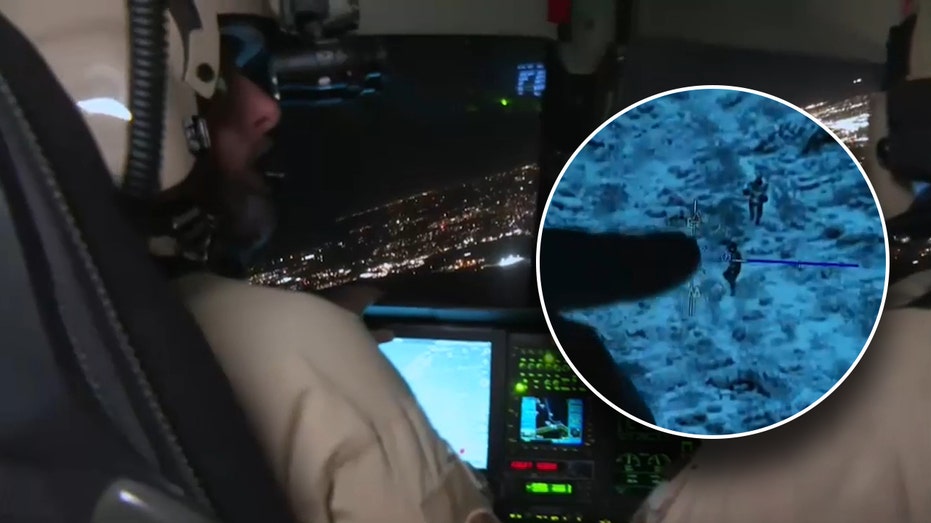











![From Gas Station to Google with Self-Taught Cloud Engineer Rishab Kumar [Podcast #158]](https://cdn.hashnode.com/res/hashnode/image/upload/v1738339892695/6b303b0a-c99c-4074-b4bd-104f98252c0c.png?#)






















